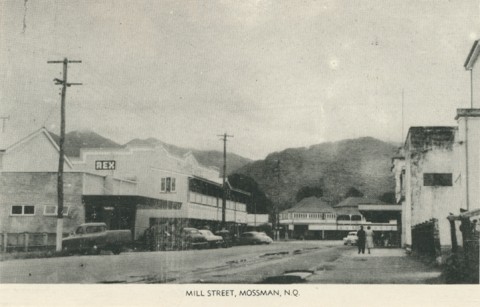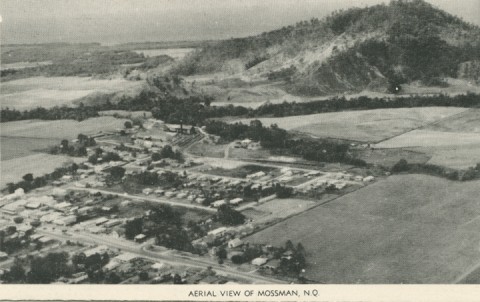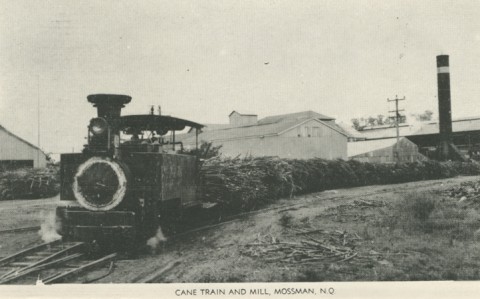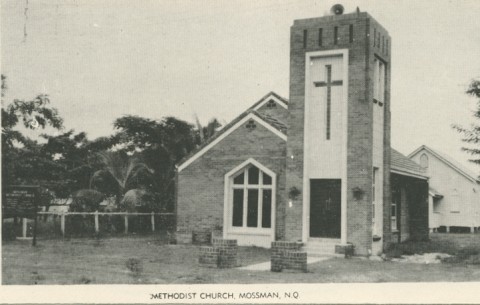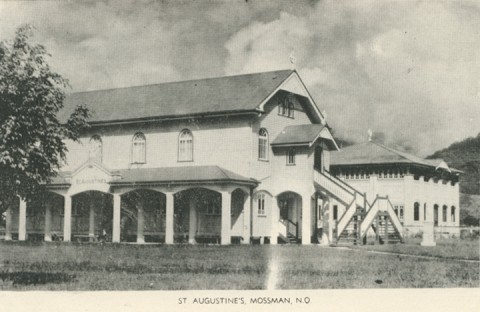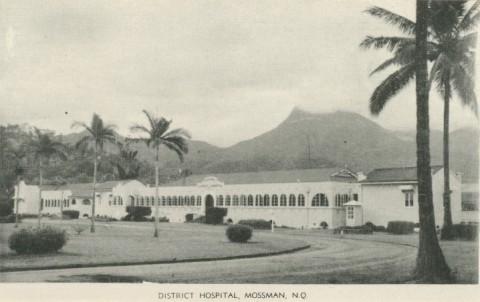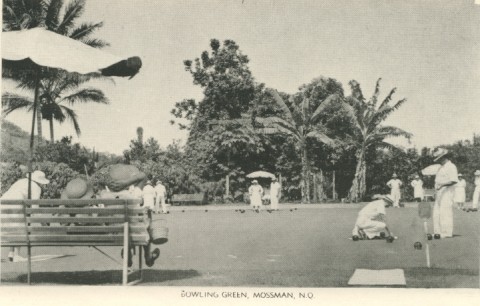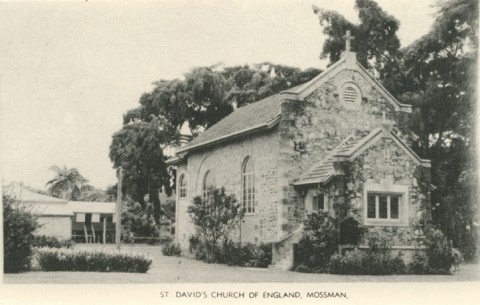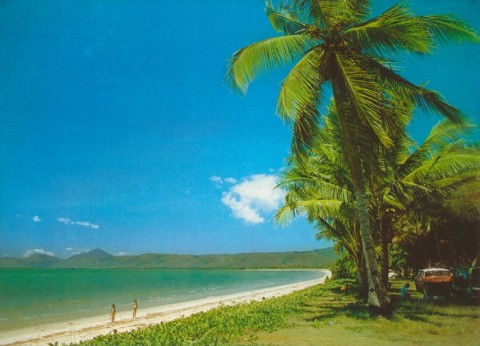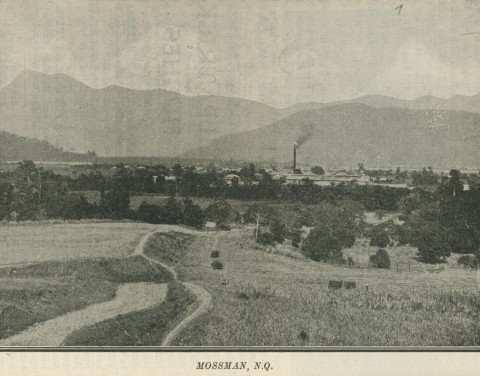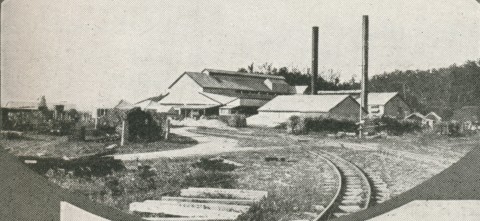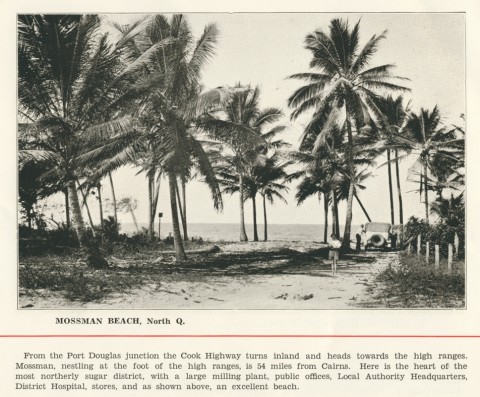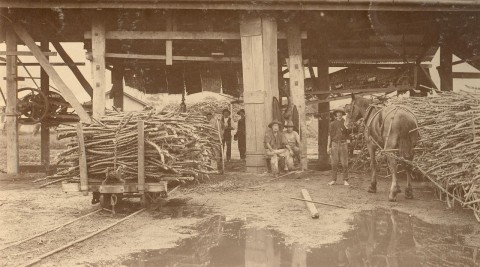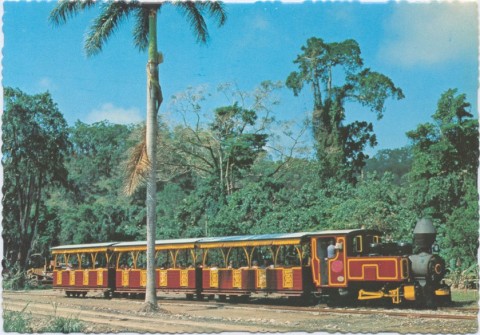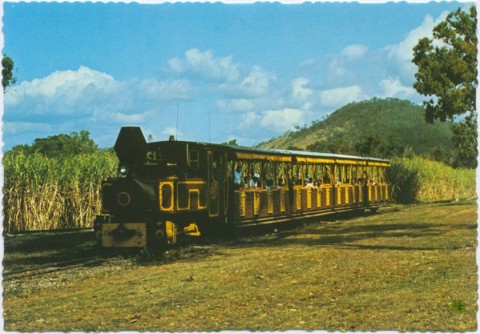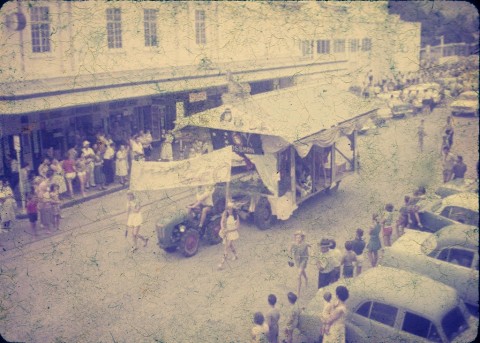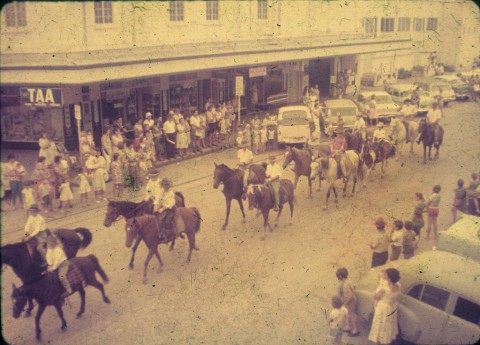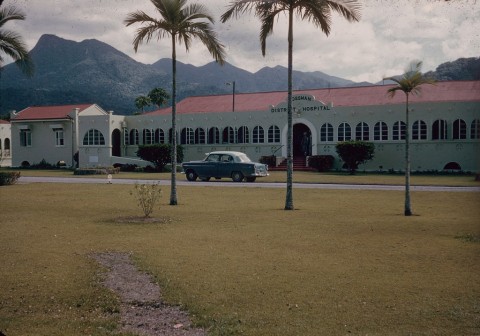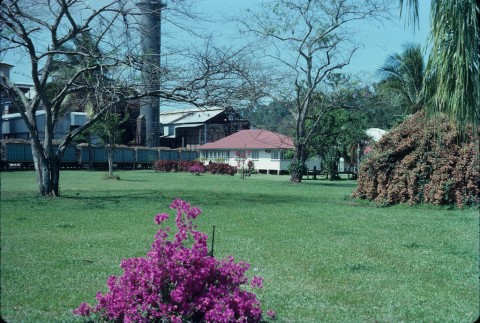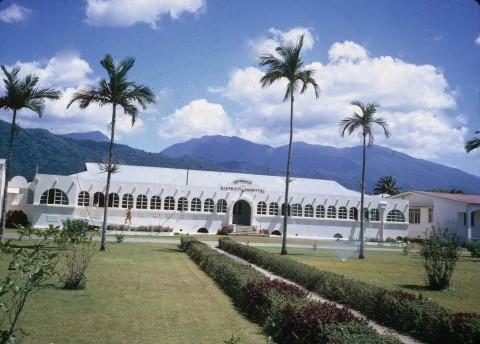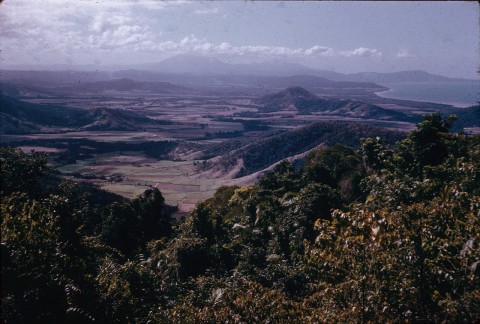Mossman, an inland rural town, is 70 km north-west of Cairns and 10 km from Port Douglas. It was named after the Mossman River, named by George Dalrymple in 1863. The commonly accepted version is that the river was named after Hugh Mosman, discoverer of the Charters Towers goldfield. An alternative explanation is that the wife of Premier Palmer, a sister of Hugh Mosman, frequently spelt her maiden name with a double 's', and Dalrymple had her in mind when he spelt the name of the river the same way.
Port Douglas was settled in 1877 and within a few years it was a busy shipping point for the gold fields at the Palmer and Hodgkinson Rivers. Within a few months of Port Douglas' foundation a selector started a farm in the Mossman River valley and by the mid-1880s there were numerous holdings adjacent to the river. The fertile soil grew sugar, maize, citrus and bananas, but weeding and the hoeing of grass was constant and arduous. The Brie-Brie sugar mill (1883) turned out to be a financial misadventure after two crushing seasons.
In 1893, with government guidance, the construction of a new mill was costed on the basis of planters mortgaging their farms and guaranteeing the supply of cane. Growers at Saltwater Creek were joined in the enterprise in 1895. The Mossman crushing mill began in 1897, with a tramway between Mossman and a wharf on the river. A tramway system from the cane fields to the mill was completed during 1897-99, and the Douglas divisional board joined a tramline from Port Douglas to the mill terminus in 1900, enabling sugar to be freighted from the mill to the Port Douglas wharf. The Queensland Post Office Directory for 1897-99 listed 35 farmers and/or sugar planters at Mossman, along with a postmaster, blacksmith, butcher, baker, carrier, painter and the Mossman Hotel. By 1902 there were four hotels, a school of arts, a storekeeper and the Mossman Farmers Association. (The primary school (1898) was omitted from the directories.) By 1908 there were also the Mossman Jockey Club, a Catholic church (1906), a fifth hotel, Tattersalls, a chemist, a draper and the Queensland National Bank.
The district's commercial centre drifted from Port Douglas to Mossman in the 1920s, and in 1933, the shire moved its offices from Port Douglas followed by the courthouse and banks. The Mossman mill drew cane from the Lower Daintree River and from Oak Beach, south of Port Douglas. The completion of the Cook Highway from Cairns to Mossman, the transfer of hospital services from the old port to Mossman in 1930 and the dismantling of the tram service from Port Douglas confirmed Mossman's regional dominance. It had a population of 1285 (1933) compared with Port Douglas' 162. Mossman held its first agricultural show in 1952.
The Mossman River valley is edged by rainforest and mountain escarpments. The town is overlooked by Mount Demi, and the Mossman River Gorge is 5 km upstream. From there begins the southern section of the Daintree National Park. Whilst the national park has been touristically beneficial it has put a brake on the expansion of sugar cane farms. The Mossman mill, controlled by its farmers and not absentee investors, was the first one in tropical Australia to reach an annual crush of 100,000 tons (1906), but expansion has required putting feelers out to more distant cane growing locations such as Mareeba. Over 950,000 tons were crushed in 1994.
Mossman is an industrial and farming town surrounded by spectacular natural scenery. It has a hospital, a comprehensive shopping centre, four hotels, two motels, a tourist information centre, two public halls, a showground, a swimming pool (1988), and golf and bowling venues. There are five churches, State and Catholic (1934) primary schools and a high school (1973). Mossman's census populations have been:
| Census Date | Population |
|---|---|
| 1911 | 829 |
| 1921 | 679 |
| 1933 | 1285 |
| 1966 | 1614 |
| 1991 | 1771 |
| 2001 | 1941 |
| 2006 | 1740 |
| 2011 | 1732 |
John Kerr, Northern outpost, (Mossman Central Mill), Mossman, Mossman Central Mill Co, 1995
Keith and Valda Prince, Early days of the Douglas Shire, Cairns, Prince Photographics, 1977
